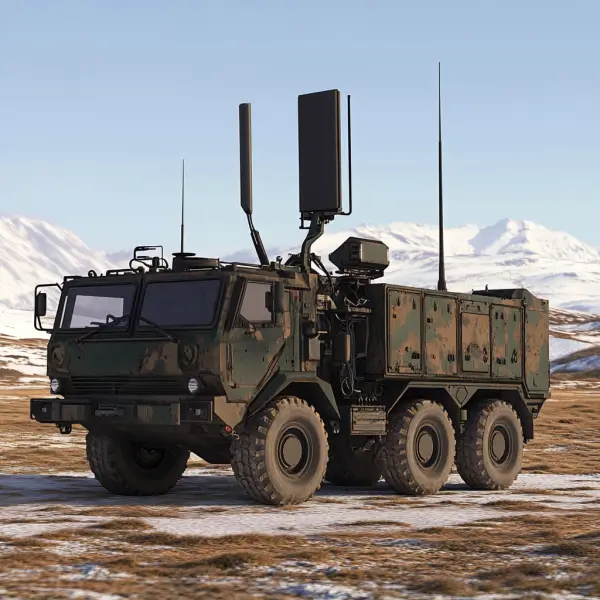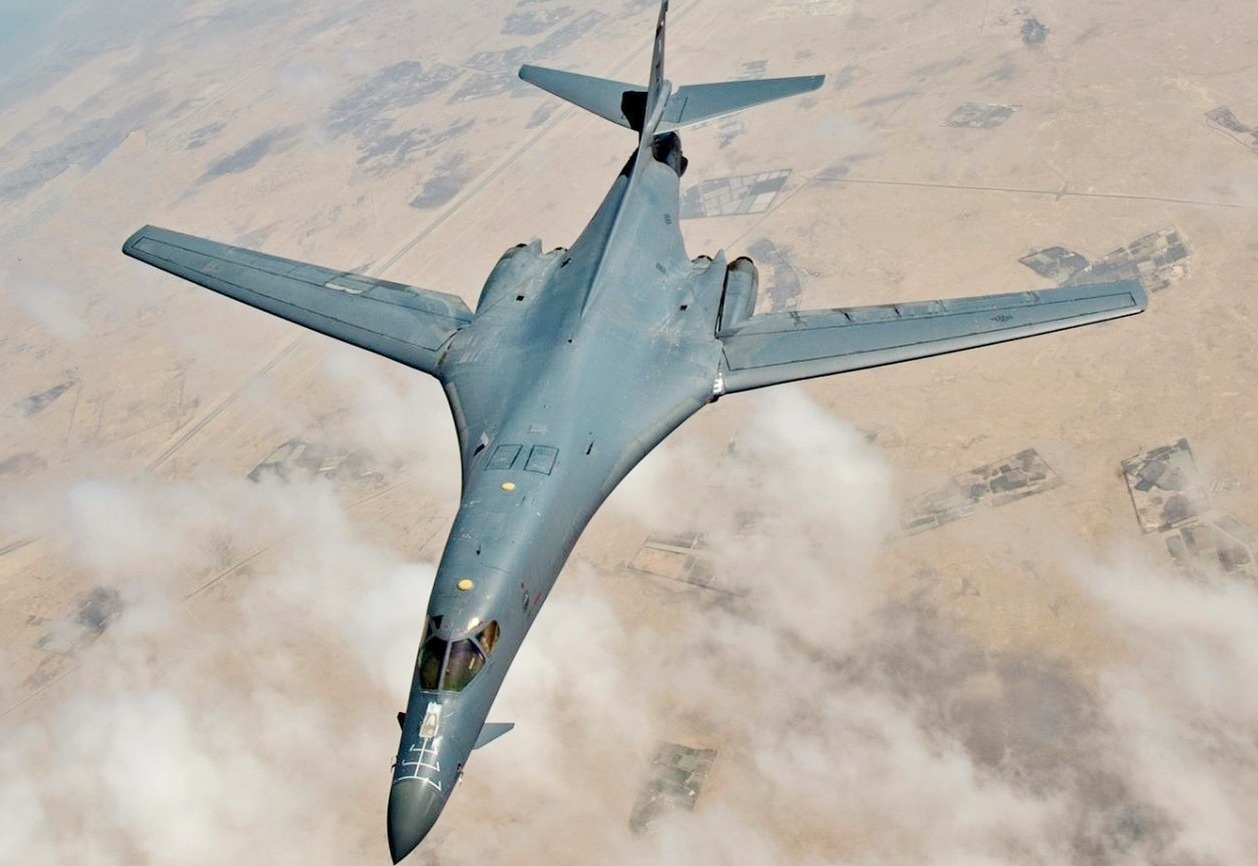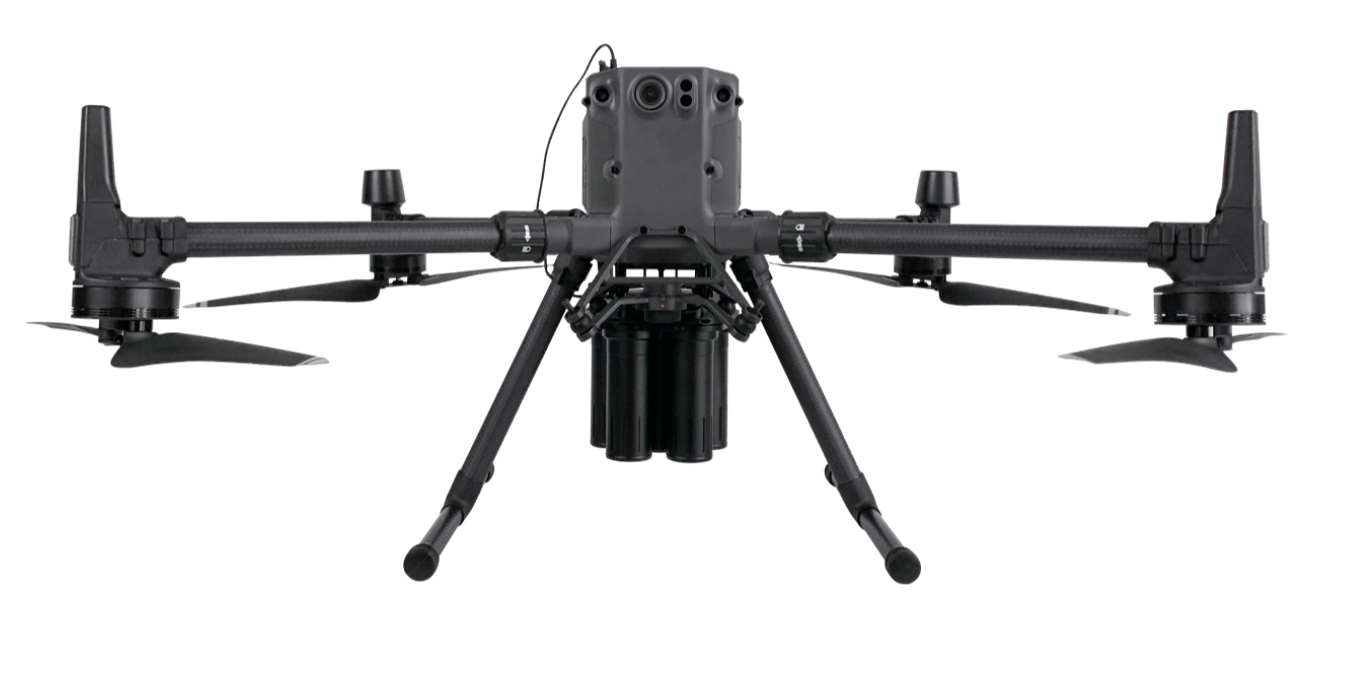Link 16, the military tactical data link network standard, has been a backbone for NATO and allied forces. Initially developed in the 1970s, Link 16 has undergone significant updates to meet the evolving demands of modern warfare. The system’s core purpose is to provide secure, jam-resistant, high-speed communication for the transfer of tactical data, including situational awareness, command and control, and targeting information.
Link 16 operates within the radio frequency spectrum of 960–1,215 MHz, using a Time Division Multiple Access (TDMA) scheme to allocate timeslots to users. This allows multiple users to communicate without interference, enhancing battlefield coordination and efficiency. With the advent of modern digital technology, the need for enhanced capabilities in Link 16 has become more pronounced, leading to ongoing and future developments.
Technological Enhancements
Recent advancements are poised to revolutionize Link 16, focusing on improving data rates, security, and integration with other systems. One of the key updates includes the introduction of the Multifunctional Information Distribution System (MIDS) Joint Tactical Radio System (JTRS). MIDS JTRS enhances the legacy Link 16 capabilities by providing increased bandwidth and more robust encryption.
This push for enhanced interoperability also aligns with NATO’s Federated Mission Networking (FMN) initiative, which aims to standardize communication and information-sharing protocols across member nations. Integrating Link 16 with other networks like the Airborne Network, the Maritime Network, and space-based systems is crucial for achieving seamless communication across diverse military platforms.
| Specification | Description |
|---|---|
| Frequency Range | 960–1,215 MHz |
| Data Rate | Up to 1 Mbps |
| Encryption | Enhanced anti-jam and Advanced Encryption Standard (AES) |
| Platform Integration | Air, sea, land, and space-based systems |
Key Benefits
The future developments of Link 16 are set to deliver numerous tactical advantages on the battlefield:
- Enhanced Situational Awareness: By providing a real-time common operational picture, Link 16 ensures that allied forces can make well-informed decisions promptly.
- Improved Data Throughput: Increased data rates allow for the transmission of more detailed and timely information, essential for modern engagements.
- Secure Communication: Upgraded encryption and anti-jam capabilities protect critical information from adversaries.
- Interoperability: Seamless integration with other networks and platforms ensures comprehensive and coordinated operations.
Challenges and Considerations
Despite its numerous advantages, the future development of Link 16 is not without challenges. One primary concern is frequency spectrum management. Operating within a congested frequency band necessitates careful coordination to avoid interference with civilian and other military systems.
Additionally, the cost of upgrading and maintaining such sophisticated technology is significant. Budget constraints and the varying capabilities of NATO member nations must be accounted for, ensuring equitable access and efficiency across the alliance.
There is also the aspect of cybersecurity. As warfare becomes increasingly digital, the risk of cyber attacks grows. Ensuring that Link 16’s infrastructure remains resilient to such threats is paramount for maintaining operational integrity.
The Road Ahead
Looking forward, the continuous evolution of Link 16 will undoubtedly shape the future of military communication. Innovations like the integration of artificial intelligence (AI) and machine learning (ML) could further enhance the system’s capabilities, providing predictive analysis and automating data relay for quicker decision-making.
Furthermore, the development of smaller, more resilient, and energy-efficient hardware will make Link 16 more accessible and practical for a broader range of platforms, including unmanned systems. With the rapid pace of technological advancement, the potential for remarkable improvements in tactical communication is limitless.
In summary, the future of Link 16 is anchored in its ability to adapt and integrate. Through technological enhancements, focused on security, interoperability, and efficiency, NATO and its allied forces will continue to benefit from a reliable and advanced communication system that supports the complex demands of modern military operations.









